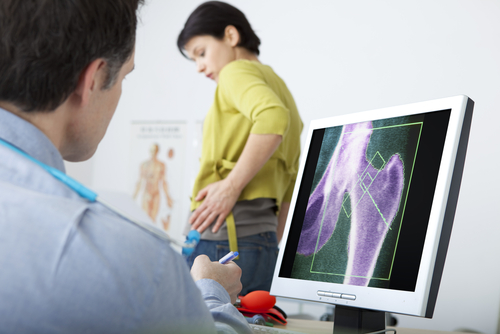14. Lateral Pelvic Rotation

It is an abnormal pelvic position in which one hip is higher or lower than the other. This side-to-side tilt is caused by the erector spinae muscle, and after diagnosis, exercises involving these muscles can be affected.
In front of a mirror, it is possible to determine whether one hip is higher or lower than the other. The lateral pelvis can cause posture issues such as scoliosis and shoulder imbalance. The glutes, the adductor muscles, the quadriceps, an asymmetry in the length of the legs, and nerve disorders all contribute to the lateral pelvic inclination.
A sequence of calisthenics and stretches can correct lateral pelvic tilt. To maintain a level pelvis, it is essential to distribute weight equitably when seated on the seat and when standing on both legs. The use of a prosthetic or implant is capable of correcting pelvic tilt caused by skeletal structure.




